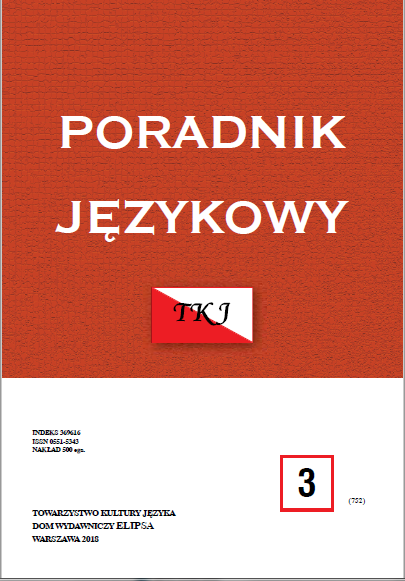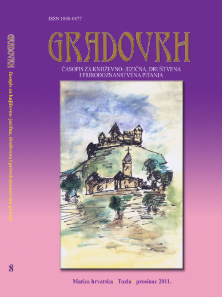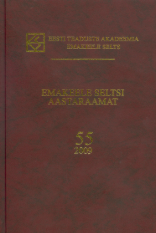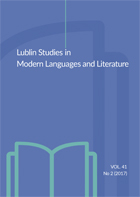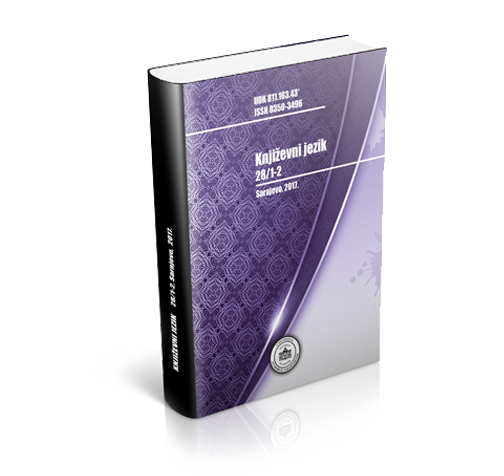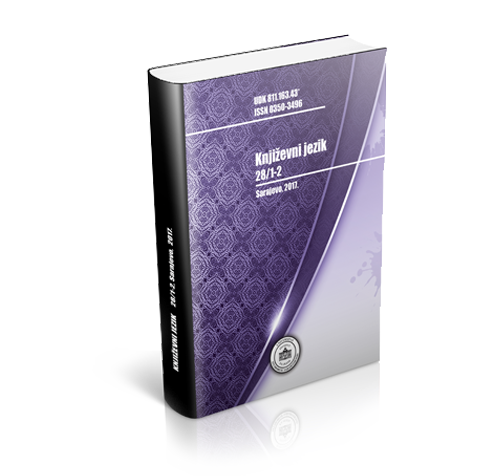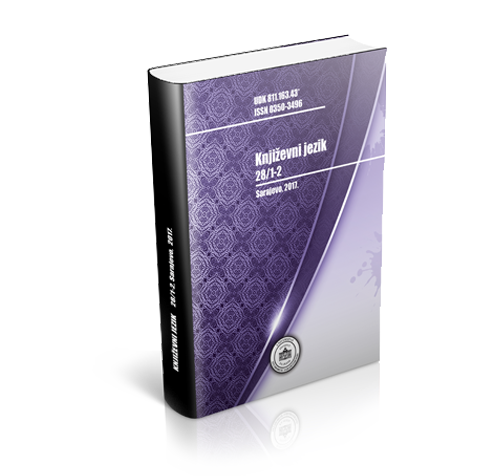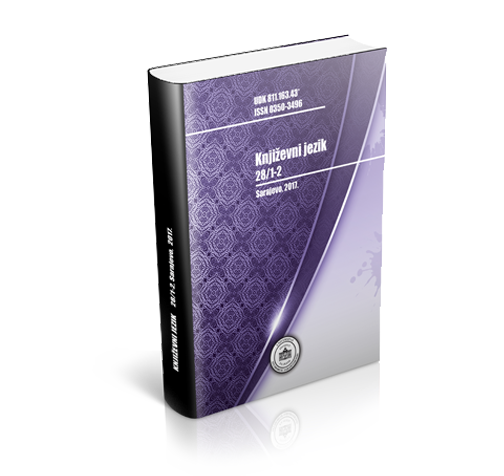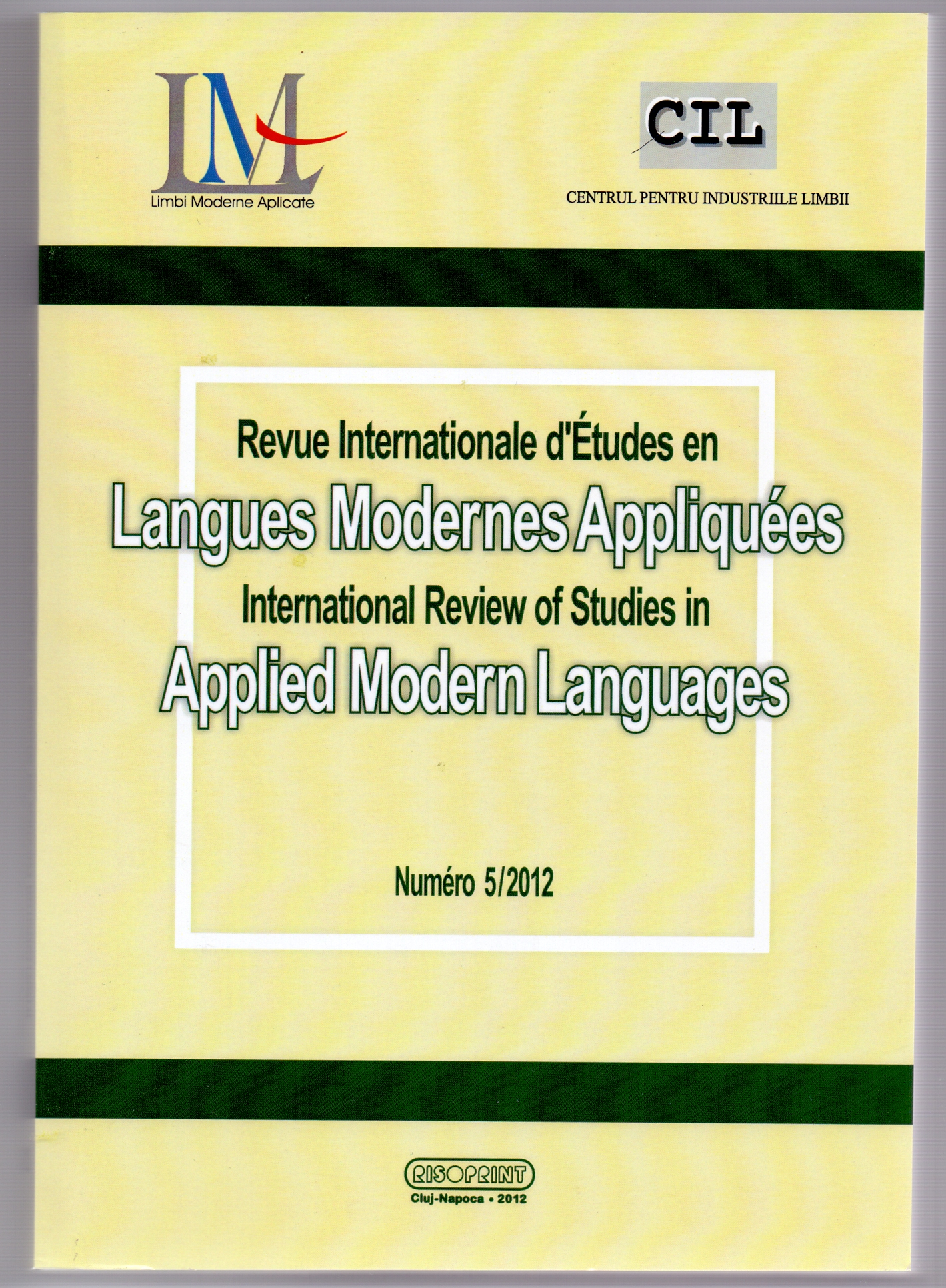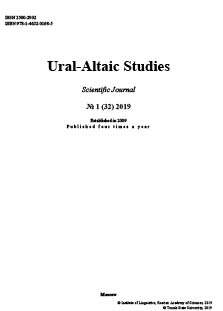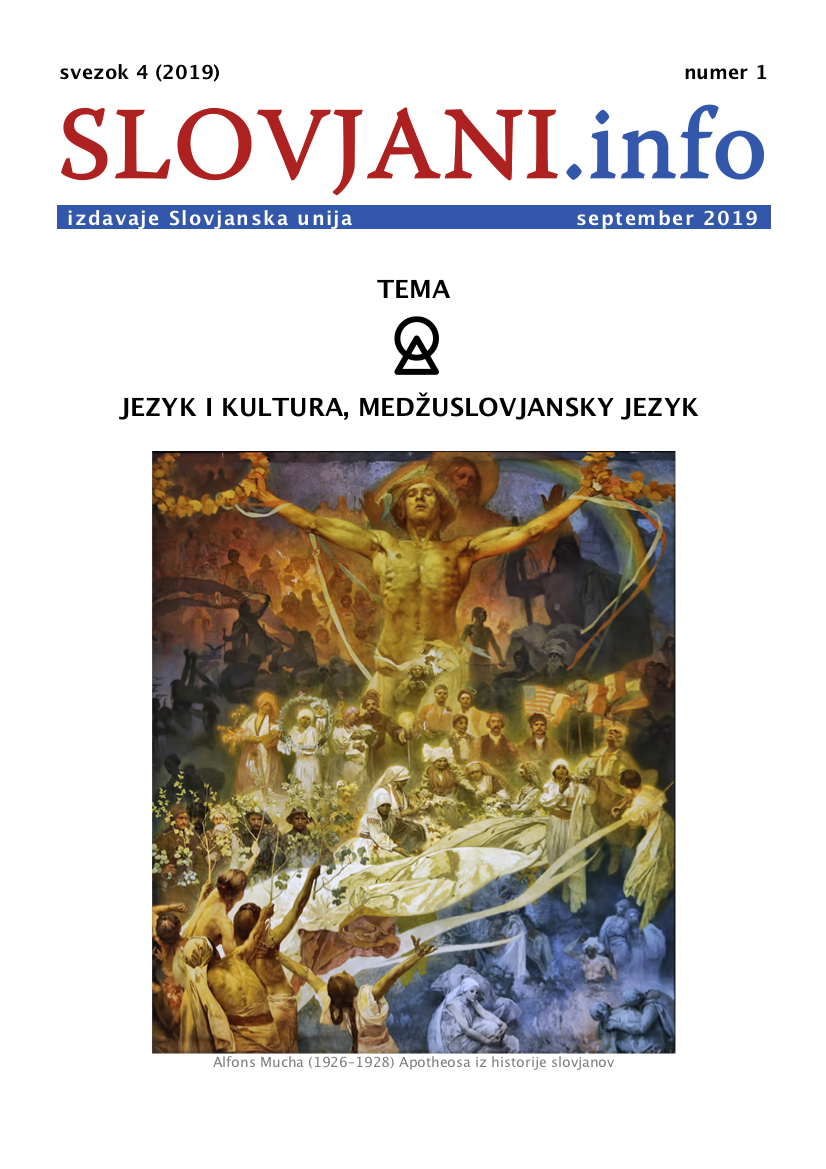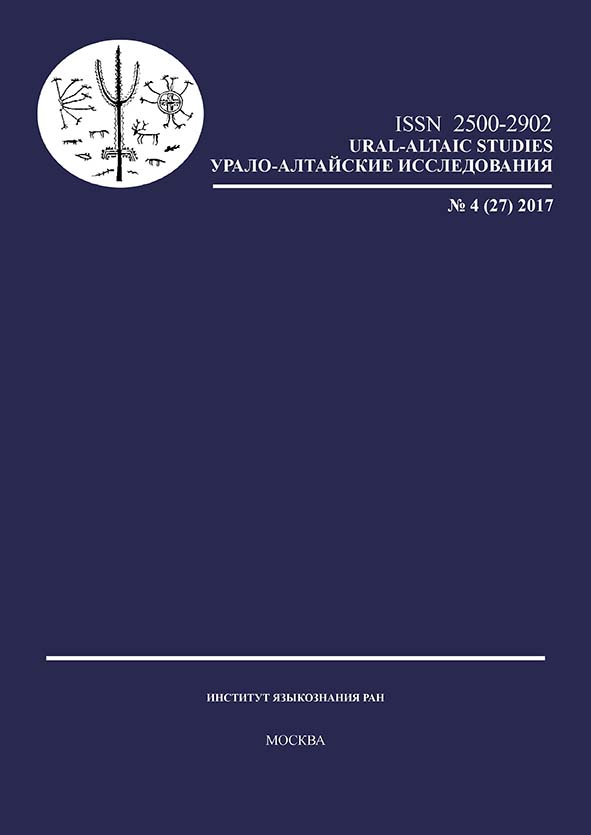
Дискуссионная заметка к статье М. А. Ключевой «Первые марийские буквари (лугового наречия) 1870-х гг. Ч. 2. Особенности консонантизма»
В помещенной в настоящем выпуске журнала статье М. А. Ключевой «Первые марийские буквари (лугового наречия) 1870-х гг. Ч. 2. Особенности консонантизма» разобраны основные отличия графики [УСОЧ 1870; Букварь 1873] от литературного марийского языка, плюс приведены диалектные паралле- ли, в первую очередь, по словарю [Beke]. Далее к каждому рассматриваемому слову, по возможности, даны праформы по [Bereczki 2013] или указания на источник заимствования, или возможные параллели внутри финно-угорских языков, выявленные уже самим автором. В настоящей заметке не ставим цели детального разбора этимологических гипотез, с которыми не всегда можно согласиться, но, опираясь только на материал, собранный М. А. Ключевой и приведенный в статье, безусловно, весьма ценный, показать, что его можно проинтерпретировать иначе, чем это было сделано в статье.
More...

